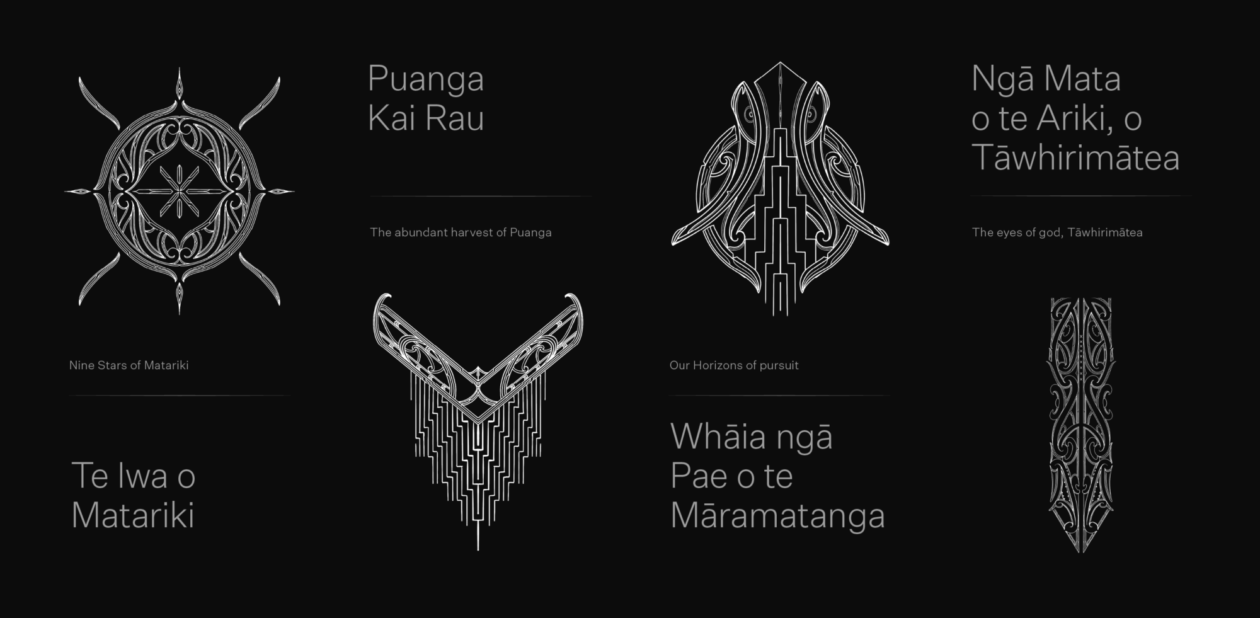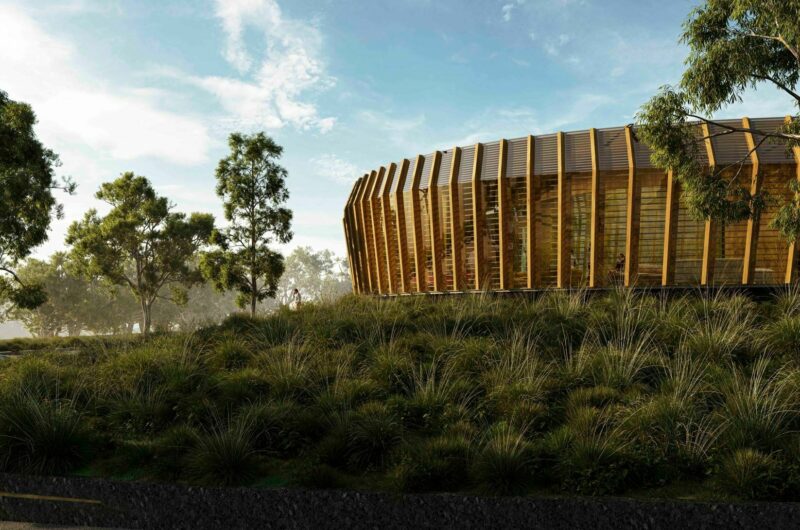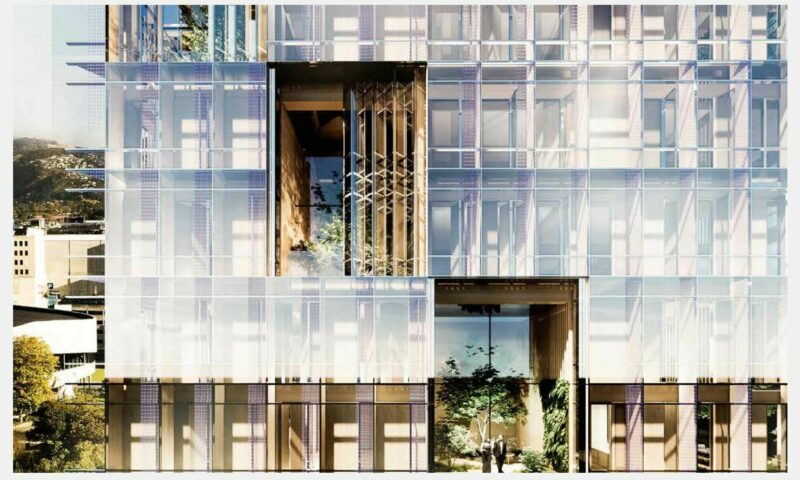Tuia te hono, whiria te hono, kia ū kia mau – Bind the people, weave the connection to be firm and strong | Arā, Tuia ngā kai rau a Puanga – Binding the abundant harvest of Puanga | Arā, Tuia ngā kai rau a Matariki – Binding the abundant harvest of Matariki | Arā, Ka kitea āu tātou whetū tapu, ka maoka te hinu – When our stars are seen the fat is cooked

The rise of Matariki and Puanga enables us to learn and preserve the traditions of our ancestors. Stars guided the first waka to Aotearoa and reaffirms our bond and connection to each other and the surrounding environment.
Celebrating the Māori New Year at Warren and Mahoney is a chance to honour our collective past achievements, reflect on our evolving practice and embrace all the possibilities that our future brings.

He aha a Matariki?
What is Matariki?
Matariki is an open cluster of many stairs in Te Iwa o Matariki, with at least nine stars visible to the naked eye. Matariki is the mother of the other eight stars: Tupuārangi, Waipunarangi, Waitī, Waitā, Ururangi, Tupuānuku, Pōhutukawa and Hiwa-i-te-rangi.
The first appearance before sunrise of Matariki in the north-eastern sky, in the Tangaroa phase of the lunar month, indicates the beginning of the Māori year and is the cause for celebrations.
Matariki is a time of renewal and celebration in Aotearoa and provides an opportunity for our communities to gather, acknowledge the year gone by and make plans for the year ahead. It is a chance to celebrate the unique places we live in, show respect for the land we live on, and come together during the annual Matariki Festival.
Ko wai a Puanga / Puaka?
Who is Puanga / Puaka?
All iwi celebrate the Māori New Year in June or July, but not all iwi refer specifically to this time of year as Matariki. Instead, other iwi will name this time of year ‘Puanga’.
In Māori mythology he was believed to be the older brother of Matariki and Takurua. His cosmic rising between May and June in the early morning sky signalled the beginning of winter. Which is why Māori knew him as the foremost winter star. A practical reason why Māori marked the New Year at this particular time of the year was because Puanga heliacal rising coincided with the end of the harvest where the first fruits were eaten during a three-day festival of lights. Māori began the New Year in May-June because it was the only time in the year when all the most significant stars important in Māori mythology rose at the same time at dawn.
Te Kāhui o Matariki Public Holiday Act
In 2021, the Government announced a new public holiday for Aotearoa by passing the Te Ture mō te Hararei Tūmatanui o Te Kāhui o Matariki / Te Kāhui o Matariki Public Holiday Act. The last public holiday to be introduced was Waitangi Day nearly 50 years ago. The Bill, Te Pire mō te Hararei Tūmatanui o Te Kāhui o Matariki / Te Kāhui o Matariki Public Holiday Bill, was only the fifth dual language Bill to be introduced to our Parliament. The Matariki public holiday will be our first public holiday that recognises Te Ao Māori.
Ngā Mātāpono
Guiding Principles
The Matariki Advisory Committee has provided the following guiding principles associated with the Māori New Year celebrations.
1: Remembrance – Honouring those we have lost since the last rising of Matariki
2: Celebrating the present – Gathering together to give thanks for what we have
3: Looking to the future – Looking forward to the promise of a New Year
Let us embrace the guiding principles of this season and reflect on our past, present, and future selves.
He Mihi
Acknowledgements
Warren and Mahoney would like to thank Amiria Reid and our Te Matakīrea group for coordinating and providing the text, and to Wirangi Parata for crafting the illustrations. We would also like to acknowledge our external resources and pay special mention to the work that Dr Rangi Mātāmua, the Matariki advisory panel and others have contributed to the revitalisation of Māori culture and astronomy.
References:
https://www.tepapa.govt.nz/discover-collections/read-watch-play/matariki-maori-new-year
https://teara.govt.nz/en/matariki-maori-new-yearRerekura, S (1971)
https://www.mbie.govt.nz/assets/values-for-matariki-celebrations-matariki-advisory-group.pdf








